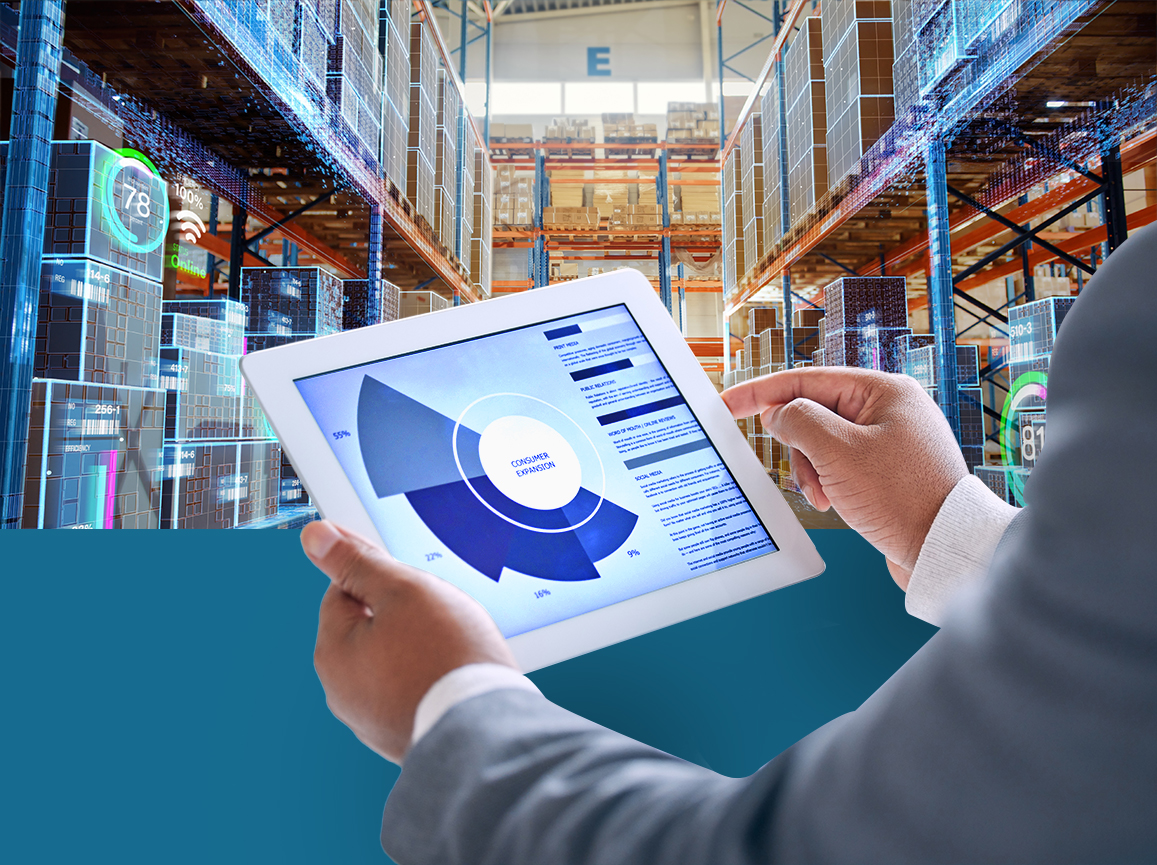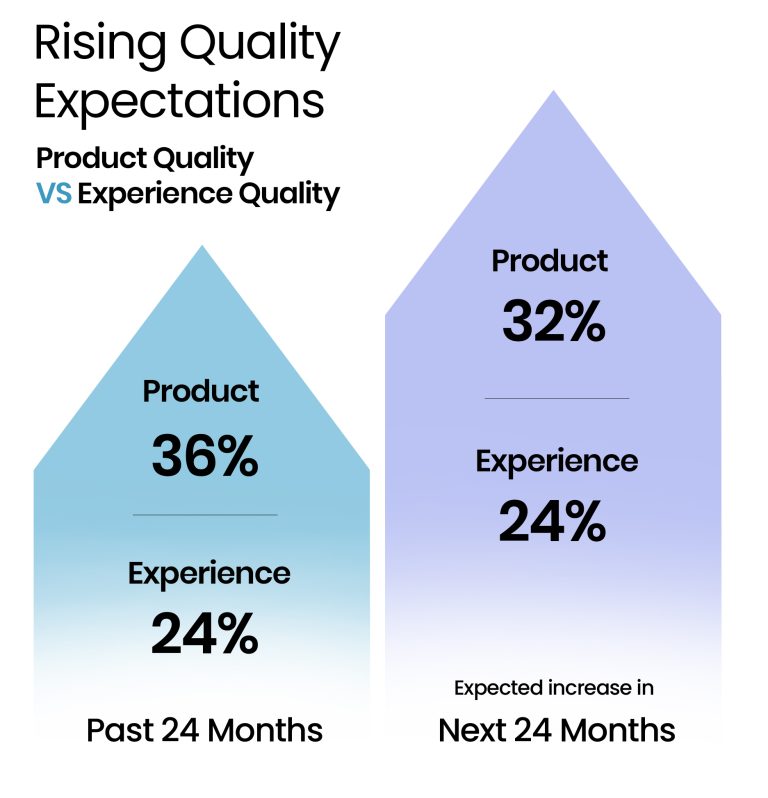EDI is the most widely used structured electronic data exchange between organizations. However, not all EDI solutions are created equal. Instead of operating as stand-alone applications that require manual entry and their own maintenance regime, leading EDI platforms integrate seamlessly with ERP software and other business applications to eliminate manual rekeying and duplication of business information.
Microsoft Dynamics 365 is a powerful cloud-based ERP solution. A fully integrated EDI solution can extend this power by directly connecting your implementation of Dynamics 365 to your trading partners’ ERP systems. Decision makers need to choose an EDI solution that integrates rapidly with Dynamics 365 and takes full advantage of Dynamics 365’s analytics, workflows, and other productivity-enhancing capabilities.
In this blog post, we’ll consider several factors that are important for effectively integrating your EDI solution with Dynamics 365:
The advantage of native integration
Some EDI solutions are designed to natively integrate with Dynamics 365. If you choose the correct one of these solutions, you don’t have to worry about compatibility or security issues – everything just works. This is the best way to avoid compromises or complications during or after solution implementation.
Choose a reliable integration partner and platform
If you decide to implement an EDI solution that isn’t specifically designed to integrate with Dynamics 365, choose an integration partner that possesses in-depth experience with integrating EDI solutions with Microsoft platforms. Since Dynamics 365 runs on the Microsoft Azure cloud platform, your partner of choice should be familiar with Azure-compatible enterprise application integration (EAI) tools and methodologies. To minimize business risk and avoid future upgrade costs, the integration platform should be highly secure and scalable.
Onboarding new EDI trading partners
In addition to the many security and regulatory concerns associated with transmitting sensitive data between organizations, each business that you partner with usually has its own set of information policies and standards. While integrating your EDI solution with Dynamics 365, make sure that the integration provides enough flexibility to accommodate these partner requirements.
Eliminate manual processes
The ROI of automating EDI processes varies depending on the frequency and importance of your data exchanges with other organizations. If you send or receive just a few documents each month, a fully automatic solution might not deliver enough value to justify the cost of implementation.
While integrating your EDI platform with Dynamics 365 will automate many manual processes, some ancillary processes might continue to be performed manually. Before you go the extra mile and attempt to eliminate these additional steps, define your specific EDI integration goals and determine the value you expect from automating each manual process. This will give you a clear picture of what you stand to gain from end-to-end automation of supply chain communication.
Data accessibility and privacy
If there are regulations or internal policies that prevent you from storing some types of business information in the public cloud, you will have to take this into consideration while planning to integrate your EDI solution with Dynamics 365. Instead of simply using Dynamics 365 or Azure cloud storage, you might have to implement a hybrid solution. These requirements add cost and complexity, so you should be aware of them before you begin integration.
Conclusion
Organizations that prepare a complete roadmap of the EDI integration process are rewarded with faster time to value, lower implementation costs, fewer delays, and higher ROI. For more information on best practices for integrating EDI with Dynamics 365, contact PartnerLinQ for a complimentary consultation.
 PartnerlinQ
PartnerlinQ








